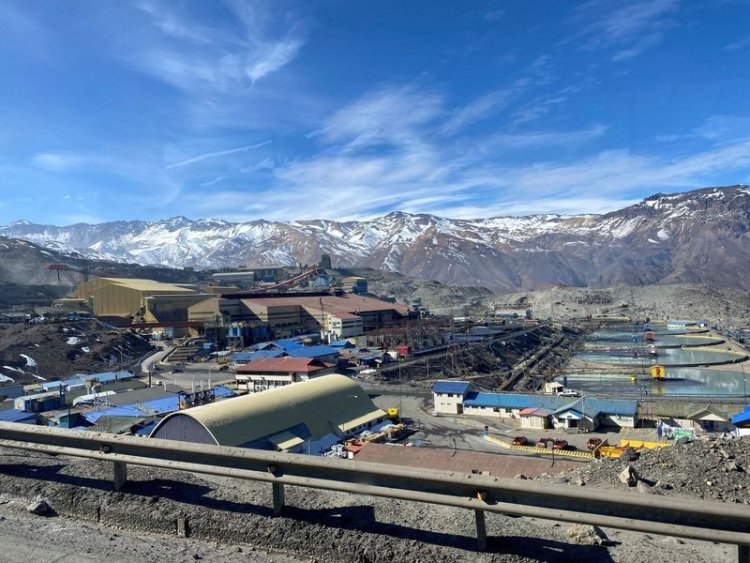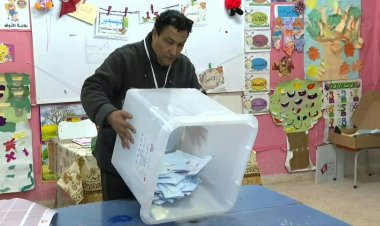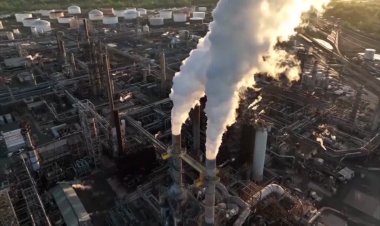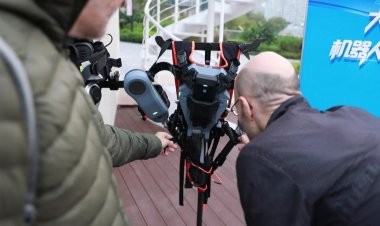Chile's Codelco Aims for a Green Mining Makeover

The world’s largest copper producer is trying to give itself a green makeover.
Chile's Codelco is focusing its efforts here, at the world’s largest underground copper mine. It's in part a public relations push to amp up the firm's green credentials.
But Codelco's CEO says something else is going on too: green bona fides have become key for its customers.
These electric buses used by workers are one part of the green facelift. There’s also a push to recycle wheels and metal bolts.
And Codelco is working with the government on a nursery and research center to produce native species, including cactus plants that are under threat.
The hope is to regenerate areas damaged by tailing dams of waste mine material. The firm is battling to ramp up production and turn around a slide in output.
But at the same time, CEO Ruben Alvarado says customers are demanding more traceability and sustainability of copper used in everything from electric cars to wind turbines.
He points to a certification meant to reflect the sustainable credentials of mining firms. "Undoubtedly, the demand increases, and that is why we consider the certifications that we have, like The Copper Mark, a fundamental asset."
Still, some experts say the true environmental impact of Codelco’s green push is unclear.
Copper mining is water intensive. Waste tailings can contain heavy metals and light pollution can disrupt mountainous areas renowned for clear night skies.
But Patricia Munoz — an economist at the mining engineering department of the University of Santiago — says the measures are a first step.
“I think we are all in a learning process, of knowing what things can be done to help solve this."
Chilean copper giant Codelco, under growing pressure from global clients demanding sustainable mining credentials, is trying to give itself a green makeover by investing in electric buses, cactus nurseries and recycling metal materials and tools.















